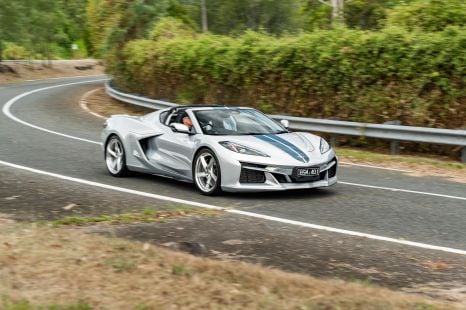

CarExpert.com.au
The CarExpert team's favourite cars of 2025
2 Hours Ago
Shanghai's ongoing COVID shutdowns have thrown parts supply into further disarray, with Toyota again downgrading its factory targets.

Senior Contributor
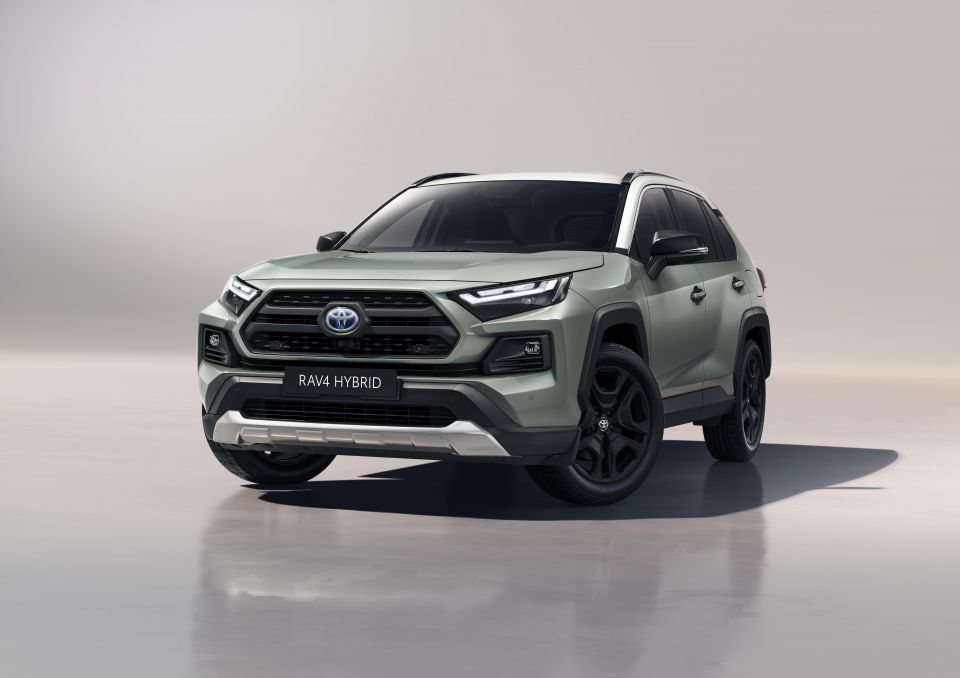

Senior Contributor
The ongoing COVID lockdown in Shanghai, and its subsequent impact on the parts supply chain, means Toyota Motor Corp. has further reduced its May production plan.
The company this week said it would cut the expected May output from its plants by a further 50,000 units, to 700,000 cars.
Toyota’s previous 750,000-unit monthly output target was itself a reduced figure. The company said in March this year that it would take an “intentional pause” between April and June, trimming back planned outputs to “be more reasonable in line with recent realities”.
It said at the time that it wanted average production levels per month from April through June to be 800,000 units – down from the 900,000 monthly average it targeted at the start of the calendar year.
In other words, the reality of May production will be about 200,000 units shy of what TMC had planned at the start of 2022. For context, that’s equal to roughly a full year of Toyota Australia’s sales, not that the latest factory closures are in any way specific to this market.
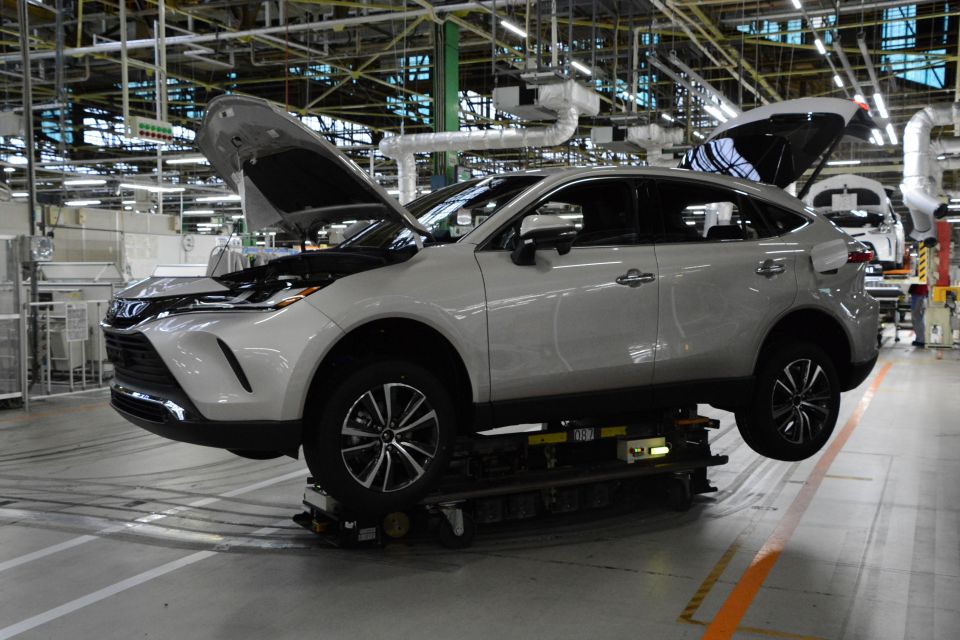
“We at Toyota would like to once again apologise for the repeated adjustments to our production plans due to the parts shortage resulting from the spread of COVID-19, which has caused considerable inconvenience to our customers, suppliers and other parties concerned,” the company said in a statement.
“Due to the impact of the semiconductor shortage, we announced our revised production plan for May. However, as a result of the lockdown in Shanghai, China, we have decided to additionally suspend operations of 14 lines at 8 plants in Japan from May 16 to May 21.
“The shortage of semiconductors, spread of COVID-19 and other factors are making it difficult to look several months ahead. Still, we will continue to make maximum efforts to deliver as many vehicles as possible to our customers at the earliest possible date.”
The listed plant suspensions will affect output of popular Toyota cars such as the Corolla, Corolla Cross, RAV4, Prado, LandCruiser 70 and 300, and C-HR. Moreover, Lexus vehicles to be affected include the NX, UX, LC and LS.
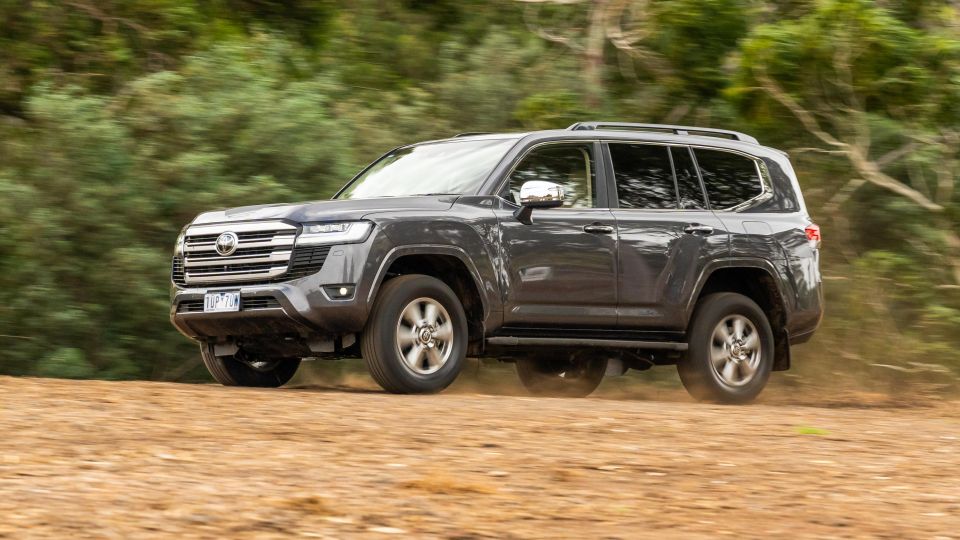
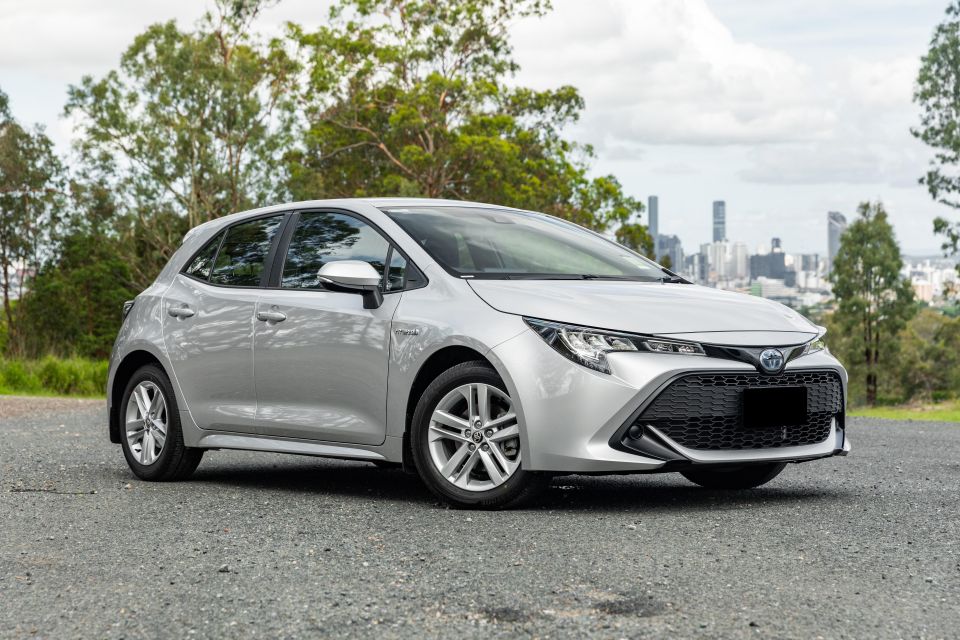
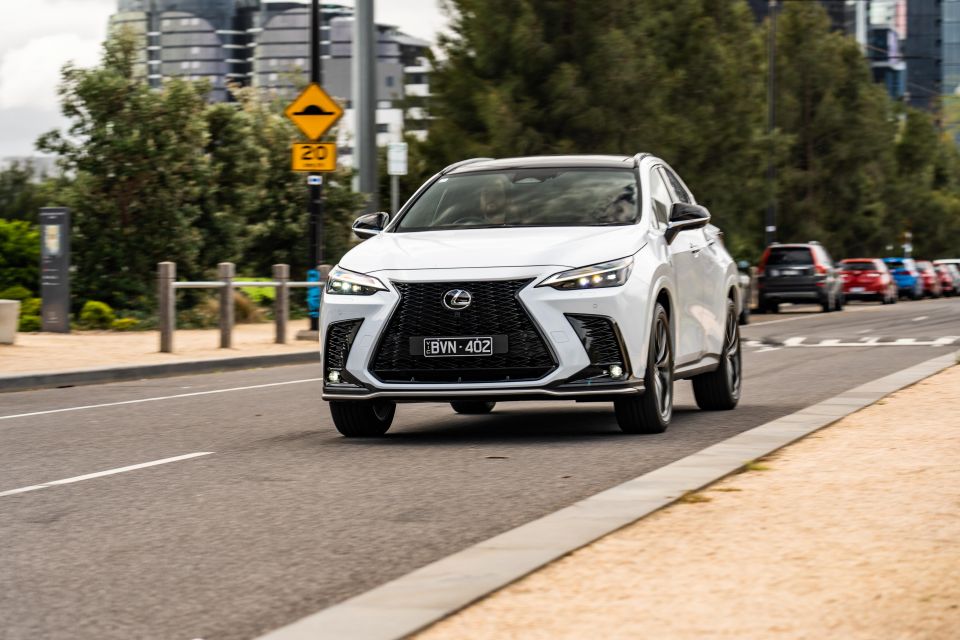
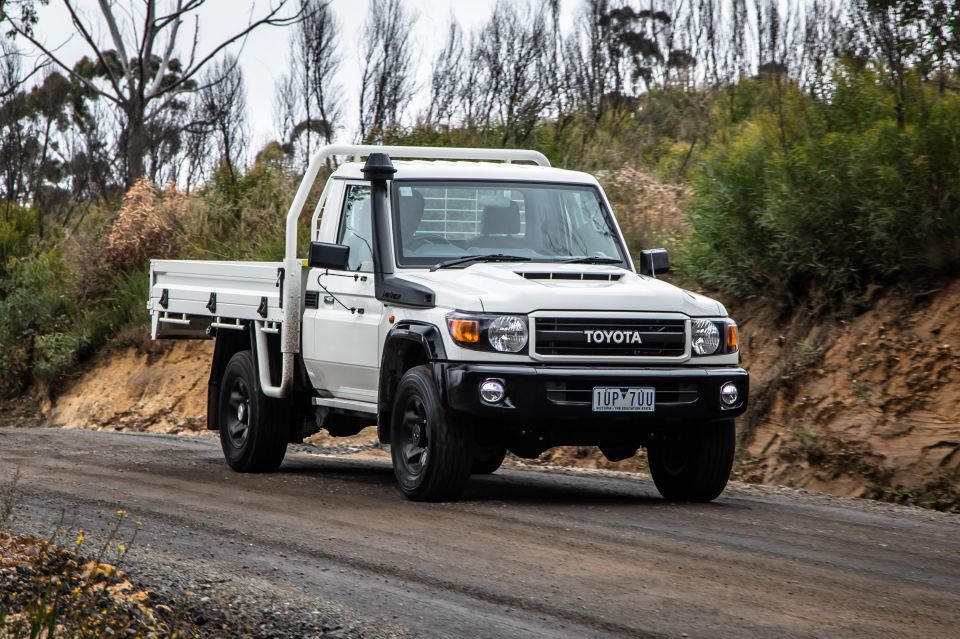
The world’s biggest carmaker has, like all other OEMs, been battling semiconductor shortages and COVID shutdowns, and its subsequent bids to recover lost production by any means necessary have evidently taken a toll.
Australia is not immune from all this, with the country’s biggest car brand struggling with supply shortfalls that have pushed waiting times on key models to 12 months – not that it’s an orphan when it comes to lack of stock.
Lexus has previously told us that its brand new NX and LX SUVs already have wait lists in Australia of up to and beyond 12 months, in some cases.
MORE: 2022 Lexus NX wait times top 12 months for hybrids MORE: 2022 Lexus LX wait list passes 12 months MORE: Toyota cuts production, takes ‘intentional pause’ for suppliers’ sake MORE: Toyota production pause, LandCruisers and RAV4 affected MORE: Toyota RAV4 shortages and wait lists remain in 2022 MORE: Toyota to cut Japanese production significantly from April MORE: Toyota cuts February production plans as COVID bites again MORE: Toyota resumes Japanese production after cyberattack


CarExpert.com.au
2 Hours Ago
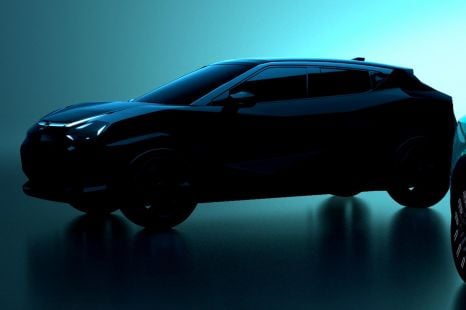

Damion Smy
16 Hours Ago
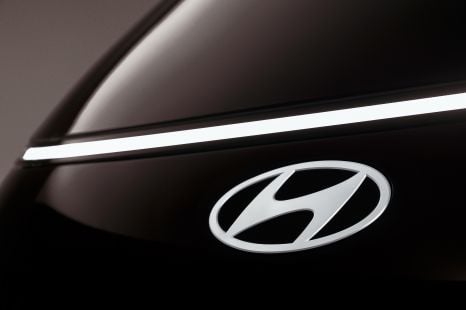

Damion Smy
19 Hours Ago


Damion Smy
23 Hours Ago


Damion Smy
1 Day Ago
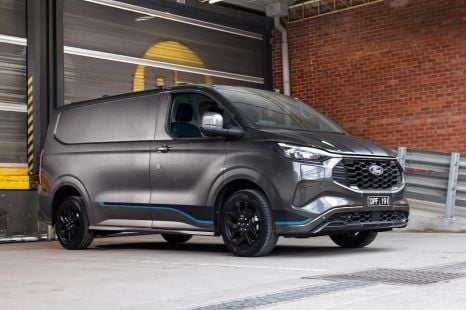

Damion Smy
1 Day Ago